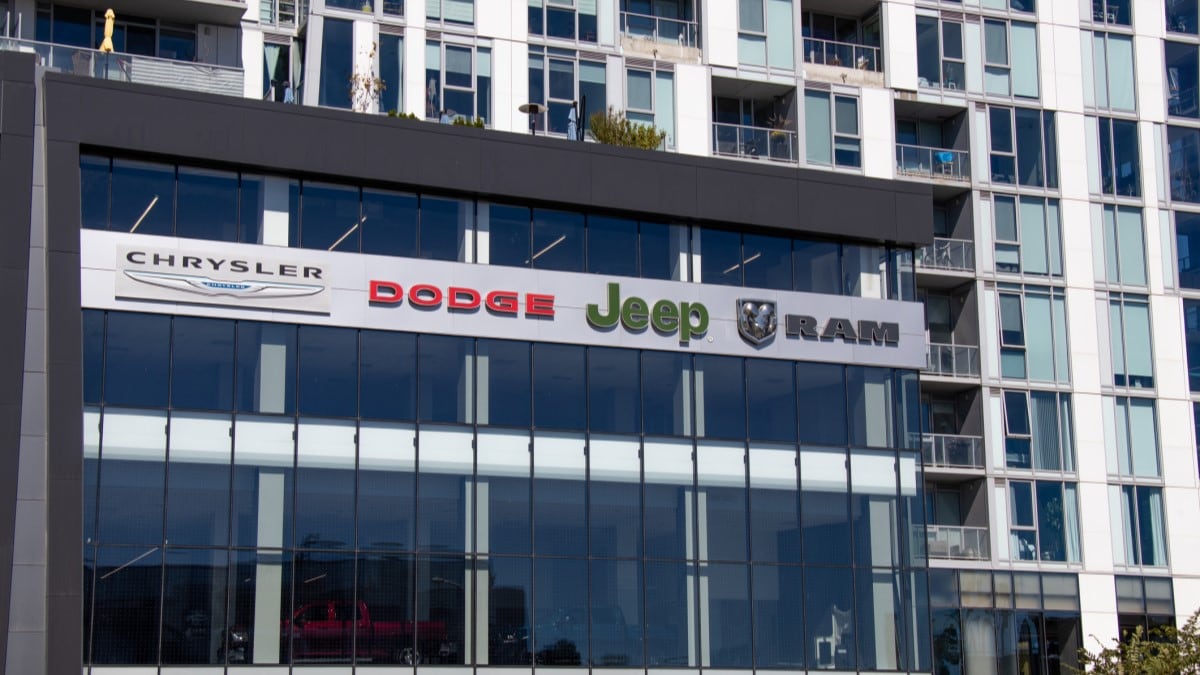The average new-car buyer paid $47,870 in August – the 11th straight month prices have been lower than they were the year before. Sticker prices haven’t been falling. But incentives – those discounts automakers and dealers advertise to get you shopping – have risen 50% over the last year.
Incentives made up 7.2% of the average transaction price last month, according to Kelley Blue Book data. That’s the highest they’ve been since early 2021.
They may still have room to grow. Incentives were routinely over 10% of most deals before the COVID-19 pandemic. But, at many dealerships, it’s possible to negotiate an attractive deal this month.
Buyers Waiting Out Rate Cut, Election Season
Dealers need the advertised deals because many would-be shoppers are staying home.
“Dealers are telling us the sales environment is humming along at a muted pace, and there is growing pressure to lower prices, just as the overall cost index hit a new record high,” explains Cox Automotive Executive Analyst Erin Keating.
Cox Automotive owns Kelley Blue Book.
Persistently high interest rates that force higher monthly payments are giving many buyers pause. That could get better soon. Federal Reserve Board Chair Jerome Powell has said the Fed will cut rates at its mid-September meeting. Analysts are waiting to see the size of the rate cut. Most believe a quarter-point or half-point cut seems likely.
But interest rates aren’t the only thing holding Americans back from big-ticket purchases. Many are waiting out a tense election season, too. Dealers say the political climate is hurting their business.
Good Deals at Some Brands for Those Who Can Shop Now
Those willing to make a big purchase in this environment find it easier to negotiate a good deal.
Incentive packages for vehicles from Chrysler, Ram, and Jeep all shifted from below the industry average in July to above the industry average in August. Stellantis, parent company of all three, has persistently high inventory levels it needs to sell down. The company even paused some factories last month, seeking to correct an oversupply.
Buick, Lincoln, and Mitsubishi all substantially increased their incentives in August, while Nissan and Infiniti kept theirs at already-high levels.
In August, Porsche, Land Rover, Toyota, and Lexus continued to offer the lowest incentives in the market. These brands also consistently carry inventory levels far below the industry average.
Best Deals on Trucks, SUVs
On average, trucks and SUVs carried higher incentives last month than cars and vans.
Compact SUVs were America’s best-selling segment last month. The average compact SUV buyer walked away with discounts equal to 9.2% of the transaction price. Full-size pickups weren’t far behind, at 8.4%.
High-end luxury cars had the highest incentives last month, with incentives at 10% of sale price, while vans, sports cars, and small/midsize pickups had some of the lowest incentives.
EV Incentives Moving Higher
Sales of electric vehicles (EVs) have picked up after a disappointing first quarter. Sticker prices remain higher than those of gas cars, but dealers are more than making up for that with discounts.
Last month, EV incentives averaged 13.3% of the average transaction – higher than at any other point in 2024. On average, EV incentives last month were more than 80% higher than discounts on gas-powered cars. The average transaction price for an EV in July was $56,575.
One notable exception still grabs headlines – the Tesla Cybertruck remained the best-selling car in America priced over $100,000 in August.
Credit Market Still a Concern
Cash buyers could find it notably easy to pay a fair price in this market. But most Americans borrow money to buy a new car. That remains challenging.
“Automakers are coming to the table with more incentives, but credit remains tight, putting more pressure on dealers to get creative with additional discounts and financing, affecting the bottom line,” Keating said.
Lenders have tightened credit standards each of the last four months. All eyes will be on the Fed mid-month to find out if that could change in the final quarter of the year.








